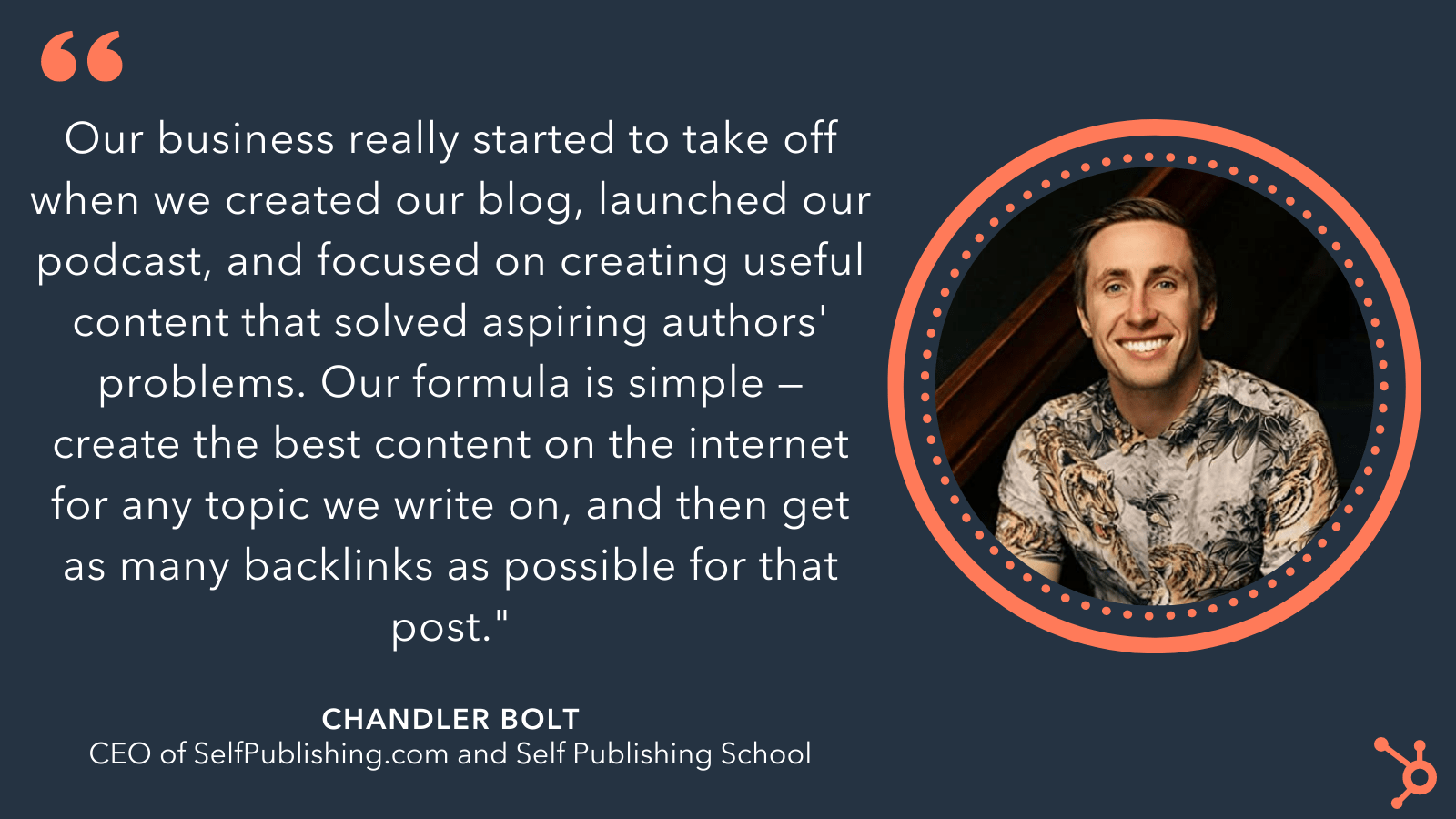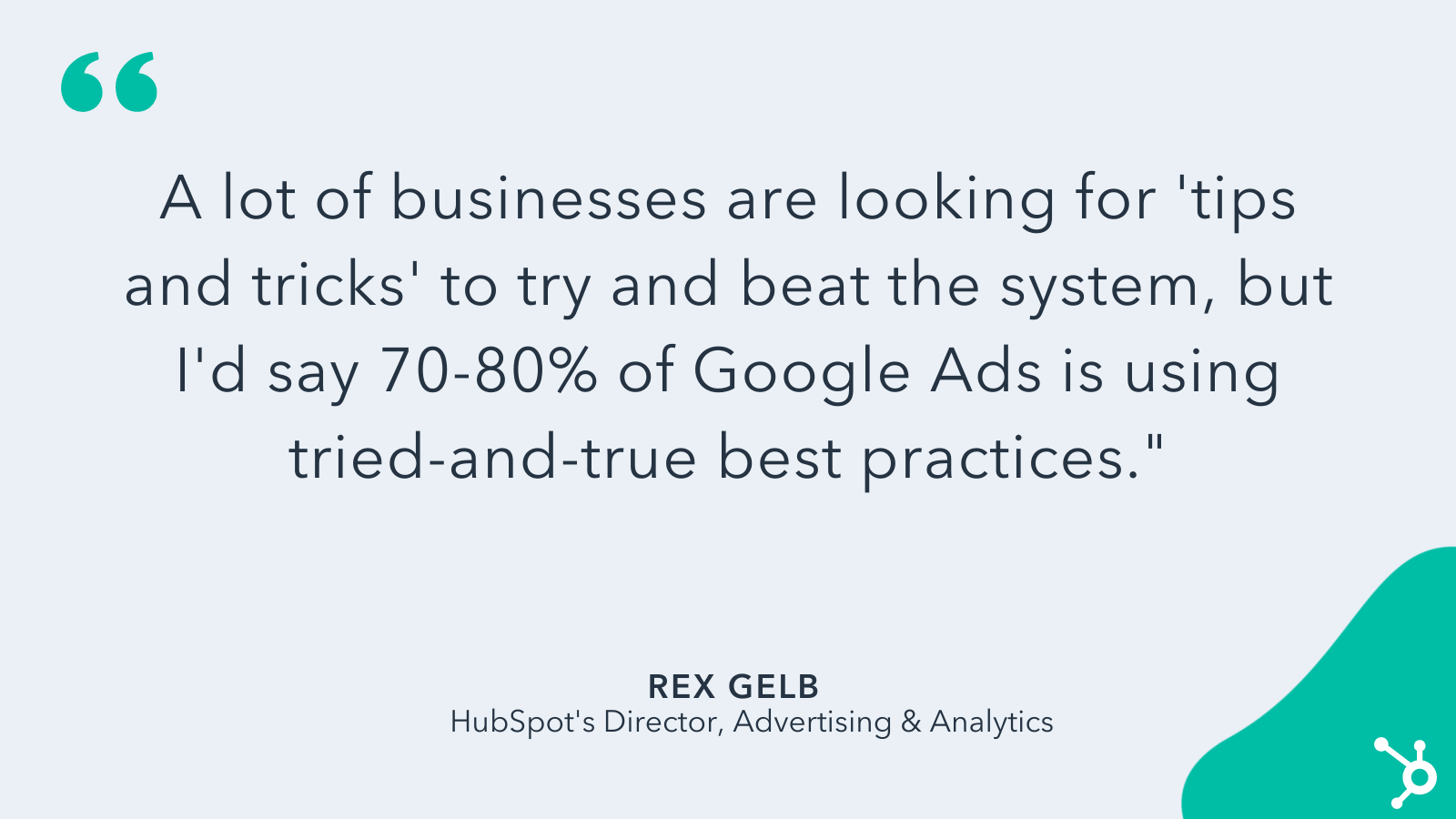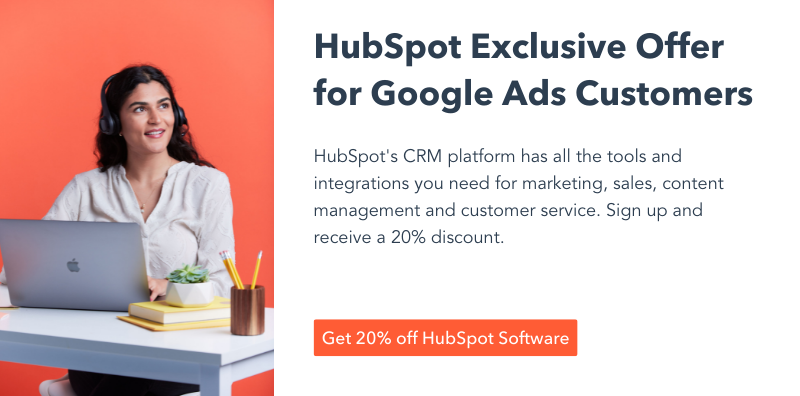Having a digital presence is critical for any business looking to reach new audiences.
SEO, social media, and paid search are three powerful opportunities to get your products or services in front of more customers. But when you’re first starting out as a business owner, expanding your digital reach can feel overwhelming — where to even begin?
In celebration of Google’s International Small Business Week, which is anchored on the UN’s micro, small, and medium-sized enterprises day, we’ve created a resource for micro-businesses that might not have a digital presence yet.
Here, let’s dive into tips from four small business owners on how they initially found online audiences after launching their businesses, so you can ensure you’re leveraging the right digital tools to expand your own reach.
Plus, hear from HubSpot’s Director of Advertising on getting the most out of Google Ads as a new business owner.
How to Find & Reach Your Target Audience, According to Small Business Owners
1. Have some broad assumptions about your target audience, and then narrow down.
When you’re first creating a digital presence, you’ll want to start by focusing on some broad, easy-to-identify categories of your target market.
Your team can begin by identifying demographic segmentation for your customer persona. This includes:
- Age
- Gender
- Income
You might add geographic segmentation on top of this if you’re only intending on marketing to a specific location.
Along with general customer persona information, you’ll also want to answer the following question: My business helps people who have X pain point. In other words, what challenge is your business solving?
Understanding your customers’ pain points can help you craft a better narrative of who they are — which will help you target your digital strategies effectively.
2. Analyze competitors’ target audiences to see if your product or service will appeal to similar audiences.
When finding your audience online, it’s important not to get overwhelmed by spreading your net too wide.
More than likely, your product or service exists in some capacity in the market already. So take a look at what your competitors are doing to get inspiration for your own digital strategy.
For instance, if you see most of your competitors creating ads for YouTube, it could be a sign that YouTube has proven to be an effective strategy in your industry.
3. Implement SEO strategies to create a website presence.
Once you feel confident about your target audience, it’s time to leverage SEO to increase your website ranking and begin pulling in traffic from search engines.
You’ll want to start by creating an official business website. Make sure the page is SEO-optimized for search: Among other factors, this includes optimized images, responsive pages, and fast loading time.
Next, create a free Google My Business profile to ensure you can capture traffic from Google search and maps. This is especially helpful for foot traffic — for instance, if you own a restaurant, Google My Business can ensure you show up when someone in your local area searches “dinner places near me”.
One other tip? Create a strong content strategy. Content is the fuel that will ultimately drive your SEO machine.
Chandler Bolt, CEO of SelfPublishing.com and Self Publishing School, told me, “It was a long-term play, but our business really started to take off when we created our blog, launched our podcast, and focused on creating useful content that solved aspiring authors’ problems. Our formula is simple — create the best content on the internet for any topic we write on, and then get as many backlinks as possible for that post.”

Now, Self Publishing School consistently ranks for keywords related to writing or publishing. A strong SEO strategy ultimately led to tremendous growth for the company and helped them reach the audiences that mattered most.
If your business struggles to find search terms that align well with your products or services, consider how you might partner with more well-established brands to solve for their customers’ pain points, and vice versa. This enables you to access high-intent prospects without relying on SEO alone.
Scott Rogerson, CEO of UpContent, told me, “We continue to build upon content partnerships, and add new ones, to support our customers in addressing pain across their digital channels. It was because of this early approach that we were able to quickly assess which use cases were most valuable and within which industries they were most common. This has now formed the foundation upon which our SEO, social media, and digital advertising strategy are built.”
4. Explore the social channels that are most popular with your target audience.
HubSpot’s Blog Research found 57% of consumers discover products most often on social media — and 23% of 18-24 year olds prefer to purchase products directly through social media.
Which means social media is an undeniably powerful opportunity to increase sales.
Plus, social media has a huge audience — over 3.6 billion people use it worldwide. So, regardless of your marketing goals, it’s imperative you create a digital presence on at least one of the social platforms.
If you’re new to the social media world, you’ll want to start by identifying which channels you want to go after first. To do this, you’ll need to determine where your target audience spends their time.
The three top social media channels in terms of monthly active users are Facebook (2.9 billion MAU), YouTube (2.2 billion MAU), and Instagram (2 billion MAU). It’s a good idea to start with a channel with a large potential reach, and then narrow down from there.
Social media can also help you listen to your prospects and customers and learn from them to grow better. As Impulse Creative’s Senior Growth Marketer, Molly Rigatti, puts it, “We’ve found that creating a space where people can ask their questions is much more effective than trying to start conversations by telling businesses what they need to succeed.”
Rigatti says, “We listen. We listen to our customers’ wants and needs. We listen to diagnose their real problems rather than to prescribe the easiest sale.”
If you’re still unsure how to build your social media presence, take a look at 21 Ways To Build Your Social Media Presence, Like HubSpot Marketers.
5. Leverage Google Ads to increase your reach.
While paid advertising can feel daunting with a limited budget, you can leverage powerful targeting capabilities for a relatively low cost with Google Ads.
To uncover some tips for getting the most out of Google Ads with limited resources, I spoke to HubSpot’s Director of Advertising, Rex Gelb.
When it comes to an effective keyword strategy for startups and small businesses, Gelb told me, “My recommendation would be to start with the keywords that best relate to your core products or services, and branch out from there.”
For instance, let’s say you sell a niche product within a larger category — such as soccer cleats for kids.
“To start,” Gelb says, “I’d bid on exactly that: ‘Soccer cleats for kids’. If that’s going well and you have the budget, then maybe you try bidding on ‘Soccer cleats’ next, and if that works, ‘cleats’ after that.”
Gelb adds, “Broadening your targeting like this means you’ll get some irrelevant clicks and have some wasted ad spend, but you’ll also get more scale and it’s possible you’ll find that even with the higher customer acquisition cost, you’re still generating a positive ROI.”
Google Ads is an undeniably powerful tool for reaching new customers. In fact, for users who are ready to buy, paid ads on Google get 65% of the clicks.
However, like any effective long-term marketing strategy, Google Ads takes work. As Gelb puts it, “A lot of businesses are looking for ‘tips and tricks’ to try and beat the system, but I’d say 70-80% of Google Ads is using tried-and-true best practices.”
So … what are these best practices? Gelb advises, “Pick keywords that make sense for your business, write ads that are highly relevant to those keywords, pick the correct campaign objective based on your business goals, monitor the search term report, and test, test, test. If you do those things (and read up a bit on match types if you’re not familiar with them), you’re going to be most of the way there.”

Ultimately, creating a digital presence takes time, but it’s worth it. With the right SEO, social, and paid strategies, you’ll begin to see your website and social platforms working for you by pulling in new traffic and leads daily.
If you’re a HubSpot customer, you’re in luck — HubSpot now offers an integration with Google Ads which enables you to grow your pipeline of qualified leads at scale and increase conversions by connecting your HubSpot and Google Ads accounts. Best of all, we’re now offering an exclusive HubSpot offer to Google customers for 20% off your first year of HubSpot, then 10% off in perpetuity.
![]()

